You arrive home from work and as you lay down your coat you reach out to hug and greet your dog. �Yuck, doggie breath!� you laugh.
Bad breath in dogs is not a laughing matter. Your dog’s foul breath may be an indication that he has a form of periodontal disease.
Most dogs � 98% - who have bad breath are suffering from periodontal disease � a result of plaque buildup. Studies show that 80% of dogs over three-years-of-age have some stage of periodontal disease.
Like us, periodontal disease in dogs, if left untreated, may lead to serious medical consequences that could be deadly. Infected teeth and gums are painful and left untreated oral bacteria toxins spread throughout the dog’s bloodstream and may seed infections in major organs like the kidneys, heart, intestinal tract and joints.
According to a Farnum survey (1) the primary reasons pet parents fail to provide regular dental cleaning care to their dogs are:
1)a dog’s resistance to tooth brushing � 52%
2)dog’s do not like it � 43%
3)brushing is difficult � 39%
4)don’t know how to brush dog teeth � 29%
5)do not have the time � 25%
(1) Farnum survey, 2006. Founded in 1946, Farnum Companies, Inc., is a privately held company and a leader in the animal health products industry.
Please learn how to regularly check your dog’s mouth and teeth. Get on a schedule and brush your dog’s teeth. It’s easy! Follow the 4 Simple Steps outlined below. Don’t wait another minute.
Click here for superior oral hygiene products made for your dog.
How to Brush Your Dog’s Teeth
Step 1 � Select an Appropriate Time
Find a quiet, convenient time when you and your dog are both relaxed.
Step 2 � Acquaint Your Dog with the Process
For the first few sessions, don’t even use a toothbrush. Hold your dog the same as when you cuddle him. Gently stroke the outside of his cheeks with your finger. After he becomes comfortable with your touch, place a dab of dog-designed toothpaste on your finger and let him taste it. Dogs love the taste of our dog toothpaste products. (Never use human toothpaste � they foam too much and dogs dislike the flavor and sensation)
Step 3 � Introduce the Brush
Place a small amount of toothpaste on a dog-designed toothbrush. In a slow, circular motion, gently brush one or two teeth and the adjoining gum line.
Step 4 � Begin Brushing
Over the next few days, gradually increase the number of teeth you brush. It is important to eventually brush the rear teeth. Plaque and tartar have a greater tendency to form on the back molars and they are often overlooked because the tartar cannot be seen unless the dog’s gums are pulled back.
Go slowly and gently. Stop brushing when you decide to stop � before your dog begins to fuss. Stop each session while it is still fun and praise your dog lavishly after brushing. If he learns that fussing makes the brushing end, the procedure becomes more difficult.
Build up to about 30 seconds of brushing on each side. Dogs don’t accumulate much tartar on the inside surfaces of the teeth � concentrate on the outer surfaces and gums.
Follow these 4 Simple Steps and your dog will look forward to tooth brushing. It will become a pleasant activity for both of you. Brush your dog’s teeth at least 2 times a week to prevent tartar buildup. Ask your veterinarian to conduct a dental examination as part of your dog’s yearly medical check up.

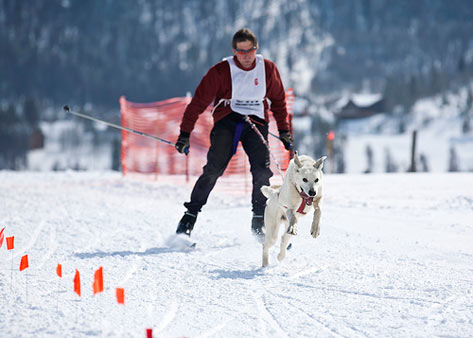 Skijoring: A Combination of Cross Country Skiing and Dog Sledding
You had a great summer, with lots of activ
Skijoring: A Combination of Cross Country Skiing and Dog Sledding
You had a great summer, with lots of activ
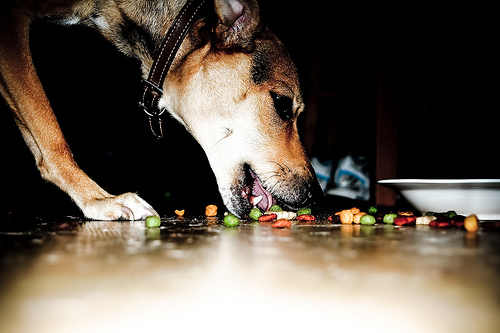 Contrasting Grain-based and Meat-based Diets for Dogs
By T. J. Dunn, Jr., DVM
It is commo
Contrasting Grain-based and Meat-based Diets for Dogs
By T. J. Dunn, Jr., DVM
It is commo
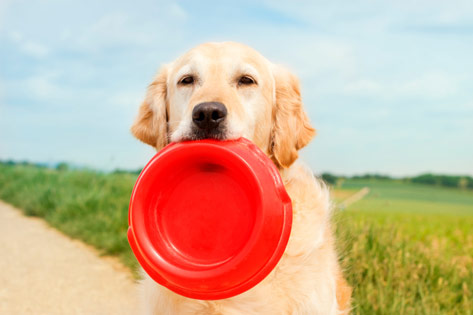 Pet Food Ingredients & Nutrients: Dogs are What They Eat
By Lorie Huston, DVM
Feeding a high quality diet
Pet Food Ingredients & Nutrients: Dogs are What They Eat
By Lorie Huston, DVM
Feeding a high quality diet
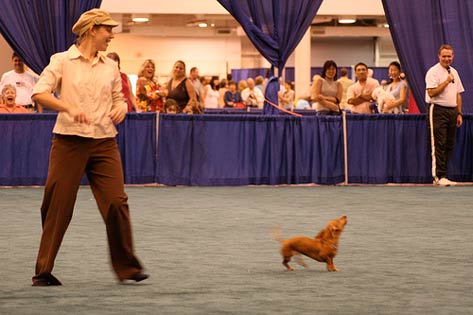 Dancing with Your Dog
Maybe you have a dog that loves to move around t
Dancing with Your Dog
Maybe you have a dog that loves to move around t
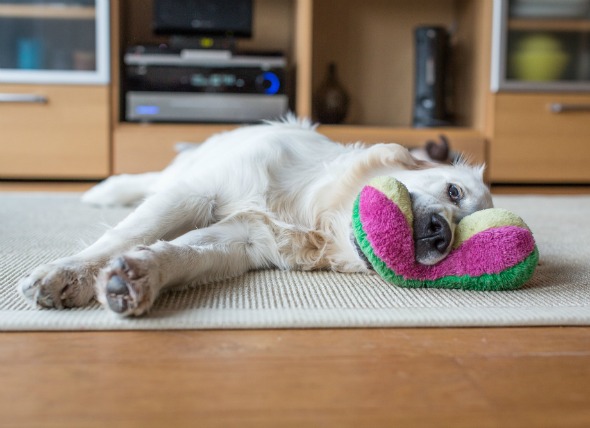 A Cleaner, Greener Home for You and Your Pet
Breathe Easier Knowing Your Home is Toxin Free
Out
A Cleaner, Greener Home for You and Your Pet
Breathe Easier Knowing Your Home is Toxin Free
Out